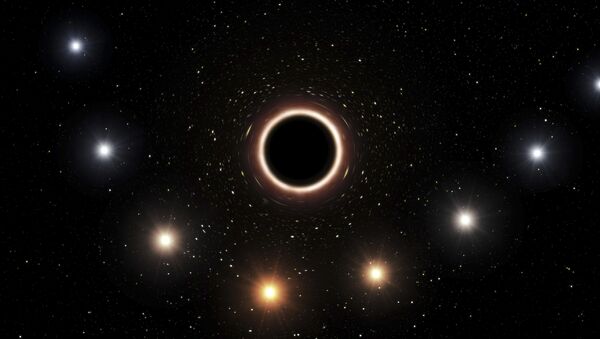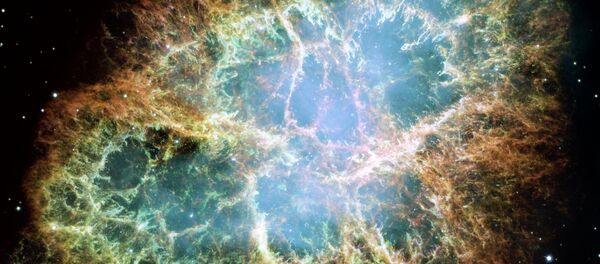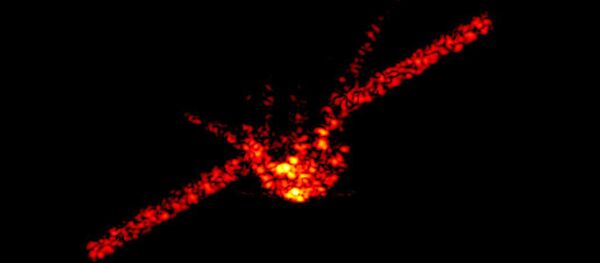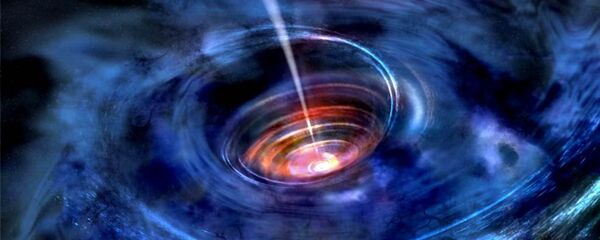As celestial objects are drawn to the implacable gravity well of the monstrous black hole — a very bright and super-small astronomical radio source normally referred to by astronomers as ‘Sagittarius A*' — they are drawn in, although some orbits are profoundly elliptical, resulting in the body glancing off the so-called event horizon (the point at which not even light can escape).
The process of swinging past a black hole accelerates a celestial body to fantastic velocities, now shown to be a significant fraction of the speed of light.
As the motions of many stars orbiting Sagittarius A* have been documented visually using telescopes on a mountaintop in South America, one in particular, known colloquially as S2, has an orbit lasting the equivalent of just 16 earth years, causing it to brush above the black hole's event horizon at some 11 billion miles — just a little farther out than the current distance between our Sun and Voyager I (humanity's first interstellar starcraft).
But objects like dust clouds — moving much closer to a black hole — are agitated in their rush past the gravitational monster, consequently becoming the shiniest continuous light sources in the known Universe.
By carefully observing the visual light signatures of those objects spinning past the Milky Way's giant black hole, astronomers — using an instrument called GRAVITY that combines light from four large telescopes that are themselves part of the spectacular Very Large Telescope in Atacama, Chile — have, over the course of 2018, gleefully noted sudden bright flares emanating from very close to the supermassive object.
As observations of the flares were shown to be in the infrared spectrum, astronomers deduced that superheated dust orbiting the black hole and interacting with a magnetic field was causing so-called field lines of momentum, mass and energy to converge, become tangled and then suddenly snap, releasing enormous amounts of explosive energy in an instant.
In measuring the position of agitated dust over several months, astronomers learned that a handful of superheated dust flares moving close to the black hole were actually the same object, moving in a single orbit.
And they are moving phenomenally fast.
Traveling just 62 million miles above the face of Sagittarius A* — about two-thirds the distance between the Earth and the Sun — the superheated dust clouds are moving at approximately 30 percent of the speed of light, or about 186 million miles per hour.
An object moving at that speed could arrive to the moon from earth in just seconds. Venus, normally orbiting our Sun in about 5600 hours, would compete the journey in only one hour.
As with any object with mass, black holes bend space-time. Unlike normally-massed objects such as a rock, a mountain or a moon, black holes — being supermassive — bend space-time a lot, resulting in a breakdown of Newtonian physics.
The implications of the discovery point to the expansion of Sagittarius A*, as increasing amounts of material are drawn into to its gaping galactic maw, while also adding proof to the compelling evidence that the black hole is real.






